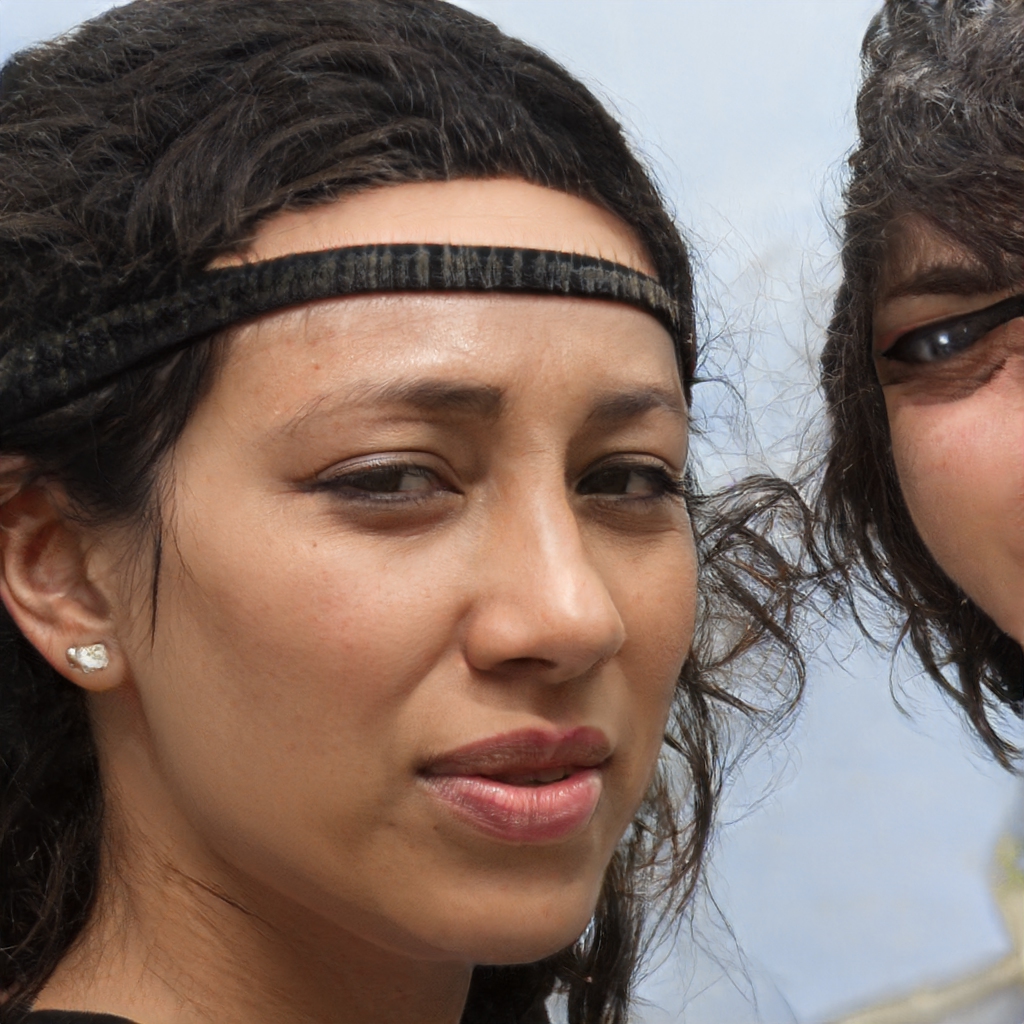The technology is capable of piloting an aircraft without human intervention. For now, it's being tested on small planes, but use on military flights is not ruled out
Robots may soon be entering the cockpit. The Aurora Flight Sciences has in fact created a system capable of taking control of an aircraft. Alias this is the name of the mechanical arm has been tested on a Cessna Caravan Turboprop.
To commission the project the DARPA, the agency that has the task of developing new technologies for the U.S. Department of Defense. Alias (acronym for Aircrew Labor In-Cockpit Automation System) is capable of driving an aircraft in perfect autonomy without the need for any human intervention. The robotic co-pilot consists of a mechanical arm, is also equipped with a tablet and a voice recognition system. At the base of this project there is the need to lighten the operations carried out by the cabin crew and to improve the safety of military missions. The pilot will be able to entrust the robot with the control of the aircraft and focus on possible threats or weather conditions, for example.
Not only for military use
Before arriving on a Cessna Caravan Turboprop, the ALIAS technology was first tested on a simulator and then on an aircraft, the Diamond DA-42. The company is also reportedly intent on testing its robotic guidance system on helicopters. And not only that. In fact, according to Vice President John Wisseler, Aurora is ready to develop new automated guidance applications for the commercial sector as well.
(opening video Aurora's ALIAS Automated Flight System Flies Cessna Caravan is from YouTube)
Some of the videos in this section have been taken from the Internet, and are therefore considered to be in the public domain. If the subjects in these videos or the authors have something against the publication, just make a request for removal by sending an email to: [email protected]. We will provide to the cancellation of the video in the shortest time possible.
